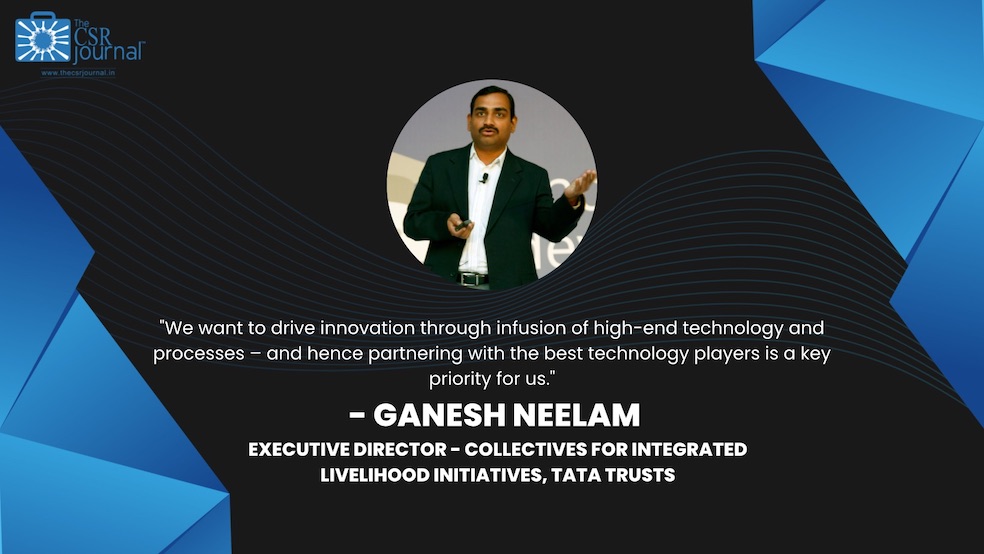Mr Ganesh Neelam from Tata Trusts Talks About Development in Rural India
Related Articles
CSR News: Cyient Foundation Launches AI-Powered Skilling Hub to Drive Rural Employment in Andhra Pradesh
Cyient Foundation, the CSR arm of Cyient, announced the launch of ‘Cyient AI & Future Skills Hub’ at the Digital Bhavan, Pedamainavani Lanka in...
Kisan Diwas: Honouring the Hands That Feed the Nation
Every meal we eat has a story. A story that begins far away from our dining tables—on quiet fields, under open skies, in the...
CSR News: Bank of Baroda organises 8th Edition of the ‘Baroda Kisan Pakhwada’ in Mumbai Zone under the theme “Towards Atmanirbharta”
Mumbai, India: Bank of Baroda (Bank), one of India’s leading public sector banks, announced that the Bank’s Mumbai Zone along with Navi Mumbai Regional...


